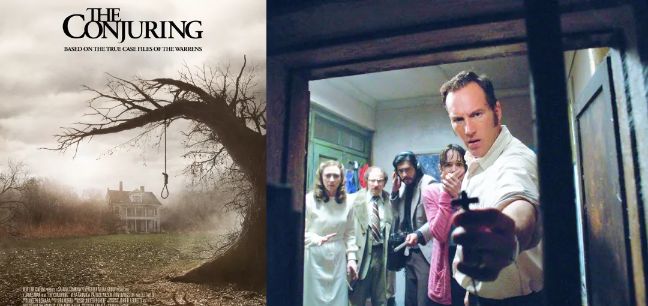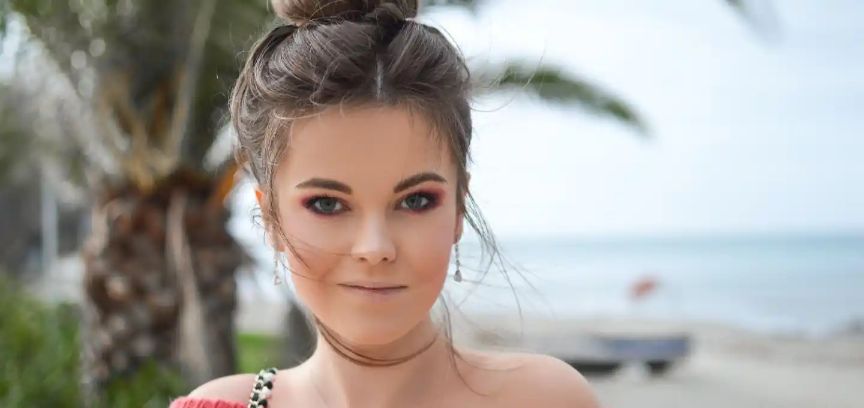Heart-Stopping Horrors: Unveiling the Terrifying Allure of 'The Conjuring'
5 min read
06 Apr 2024
"The Conjuring," a horror film franchise created by James Wan, has etched its name into the annals of horror cinema as a heart-stopping sensation that leaves audiences gripping their seats and clutching their hearts. The visceral reaction to this series isn't just a happenstance; it's a testament to the genre's ability to tap into primal fears, manipulate emotions, and create an immersive experience that lingers long after the credits roll. The phenomenon of heart-stopping fear in "The Conjuring" is a fusion of expert craftsmanship, psychological manipulation, and the universal dread that resides within us all.
Terror Rooted in the Mundane: A Masterstroke of Horror
At the heart of "The Conjuring's" chilling impact lies its knack for exploiting the everyday. The franchise excels at taking ordinary environments—a house, a basement, a bedroom—and warping them into the realm of the sinister and uncanny. By subverting the familiar, the films create a jarring juxtaposition that elicits discomfort and unease.

This approach taps into the primal fear of the unknown lurking within the mundane. Viewers become vulnerable participants in the narrative, forced to confront the terrifying notion that the safety of their own homes can morph into a landscape of horror. This blurring of lines between reality and the supernatural fuels the heart-stopping tension that defines "The Conjuring."
Dreadful Atmosphere: The Power of Cinematic Elements
"The Conjuring" masterfully crafts an atmospheric experience that envelops viewers in a shroud of dread. The films employ a range of cinematic elements—lighting, sound, camera angles, and pacing—to manipulate emotions and heighten tension. The slow buildup of suspense, often accompanied by a haunting score, triggers a physiological response that tightens the chest and quickens the heartbeat.
Clever camera work adds to the feeling of unease. Shots that pan slowly, focus intently on seemingly innocuous objects, or create obscured perspectives generate a sense of impending terror. The viewer becomes an unwitting participant, unable to escape the frame's eerie embrace.
Psychological Manipulation: Engaging the Imagination
"The Conjuring" harnesses the power of suggestion, allowing the mind to fill in the gaps with horrors that are often left unseen. This psychological manipulation is a cornerstone of effective horror. By withholding the full reveal, the films invite viewers to engage their imagination—an imagination often capable of conjuring terrors more terrifying than anything explicitly shown on screen.
The fear of the unknown is amplified when the imagination runs wild. Shadows take on sinister forms, creaks become footsteps, and unseen forces become tangible threats. This dynamic between suggestion and imagination creates a feedback loop of terror that deepens the heart-stopping experience.
Vulnerable Characters: The Viewer's Proxy
Horror films often rely on characters as proxies for the audience, and "The Conjuring" is no exception. The vulnerability of the characters, who are confronted with malevolent forces beyond their comprehension, mirrors the audience's own vulnerability in the face of the supernatural. This shared vulnerability intensifies the emotional connection and heightens the heart-stopping fear.
Empathy for the characters amplifies the horror. As viewers invest emotionally in their struggles, they vicariously experience the dread that accompanies their encounters with the unknown. The viewer's emotional journey becomes intertwined with the characters', creating a sense of shared terror.
Catharsis Through Fear: The Power of Release
Paradoxically, the heart-stopping fear induced by horror films can provide a cathartic release for audiences. The intense emotions experienced while watching the film—fear, suspense, and dread—are channeled into a visceral response that triggers a rush of adrenaline. This physiological reaction can lead to a sense of relief when the tension is finally released.
Horror films like "The Conjuring" allow viewers to confront their deepest fears within a controlled environment. By facing these fears and experiencing the thrill of survival, audiences can emerge from the film with a renewed sense of empowerment. The heart-stopping fear becomes a journey that ultimately leads to catharsis.
The Unending Fascination with Fear
As of my last knowledge update in September 2021, "The Conjuring" series continues to draw audiences into its chilling narrative. However, developments may have occurred since then. The franchise's enduring appeal lies in its ability to tap into universal fears, engage the imagination, and create an experience that is both terrifying and cathartic. The heart-stopping fear invoked by "The Conjuring" transcends entertainment—it's an exploration of our darkest anxieties, a dance with our primal instincts, and a reminder that, even in our modern world, the unknown can still seize our hearts in its icy grip.
Heart in the Shadows: The Terror that Persists
"The Conjuring" series is a testament to the potency of fear in storytelling. Its ability to seize the heart and provoke an intense visceral response is a testament to the craftsmanship that lies behind each frame. Through the convergence of atmosphere, psychological manipulation, vulnerability, and catharsis, "The Conjuring" taps into the universal fear that resides deep within us all—a fear that continues to compel us to confront the darkness, even as our hearts race and our breath quickens.



